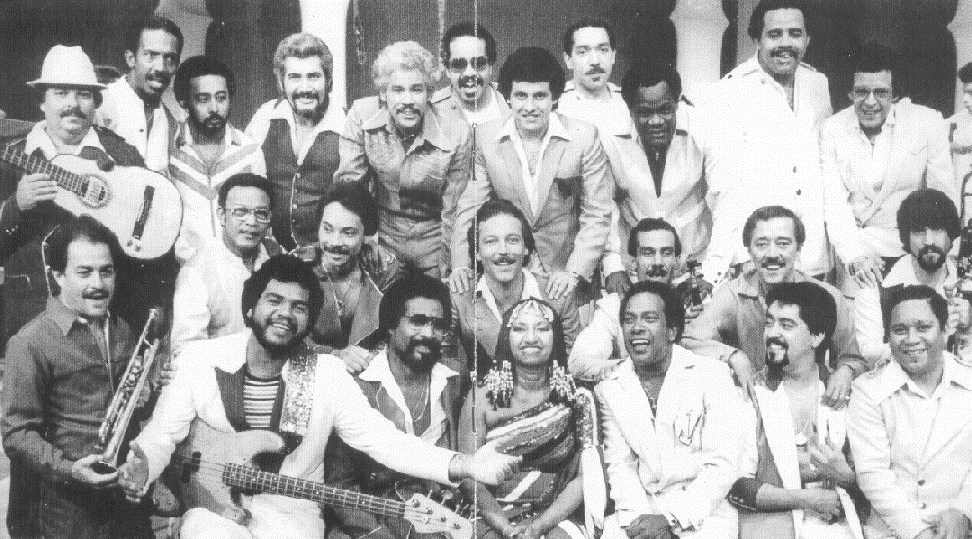
This Latinx Heritage Month, NPR Music member stations are celebrating the music of a wide array of artists from all corners of Latinidad.
Salsa was not originally a genre, per se.
Instead, it was a word used to describe when things got hot and saucy during a performance. The music is a collection of various Afro-Cuban and Caribbean rhythms, and styles that made their way to New York City in the first half of the twentieth century. Rhythms like guaguanco, rumba, son, danzón, bomba, and plena mixed with the prevalent jazz aesthetics and birthed something that could be packaged and, more importantly, sold.
The use of salsa to specify a genre of music surfaces in the late 1960’s and, like most labels, causes unease in its use to this very day due to its fuzzy imprecision.
Today, the term as a genre is generally accepted and pulling up a playlist using the term provides an infinite buffet of artists and albums to dance to. But, where to begin? What are the must-listen-to selections?
We’ll begin with five crucial salsa albums from the genre’s Golden Age, roughly 1972 – 1982. In no particular order, here are five salsa albums to celebrate and wear out.
Live at the Cheetah, Vol. 1
Fania All Stars (Fania Records, 1972)
This is it. The night Salsa was born. On August 26, 1972, the NYC salsa scene was captured on tape and replicated for the world. The genre’s best musicians on stage delivering a performance that set the tone for the music going forward: Salsa, as Fania All-Stars’ Live at the Cheetah Vol. 1 demonstrates, was best enjoyed live. This was not the group’s first live album, as that was Live at the Red Garter in ’68, but something about that night at the Cheetah Club, on Broadway and W 53rd Street, changed the timbre of the music and the scene around it.
Four songs in forty minutes with the opening track being a six-minute introduction of the musicians by none other than Symphony Sid, the most well-known radio disc jockey at the time. Sure, his time on the mic is less than five seconds, but the statement being made was that salsa was big-time now with oversized personalities showing full support. Salsa was no longer a fight over what it was and what it wasn’t. It simply was and the lengthy tracks of Live at the Cheetah, Vol. 1 entrenched it in the world’s music consciousness. The closing track Quítate Tú said it all, “Get outta the way, so I can go!”
The Sun of Latin Music
Eddie Palmieri (Coco Records, 1974)
Ever the virtuoso and ever the rebel, Eddie Palmieri delivered The Sun of Latin Music and, with it, took home the first ever Grammy Award for Best Latin Recording in 1975. To this day, Palmieri is one of the prominent critics of the term salsa used as a genre, yet he released several salsa classics during the Golden Age (let’s also remember that as a critic of the Boogaloo movement of the sixties, Palmieri also penned and recorded several Boogaloo hits). The Sun of Latin Music is clean and polished with every note and hit of percussion in place.
The album was also a star turn for the well-known singer Lalo Rodriguez, on his way to an illustrious career. Songs like “Nada De Ti” and “Nunca Contigo,” epitomize the high-water mark for salsa arrangements, complex but not overtly so as to alienate the listener. Palmieri’s rebellious side manifests in the inclusion of the medley “Una Rosa Española” and the album closer “Mi Cumbia,” songs that weren’t necessarily considered standard for the genre at the time, yet they work wonders for salsa allowing for the genre to become even more ambiguous and, ultimately, more inclusive. Everyone was welcome on the dance floor.
Fruko El Grande
Fruko y Sus Tesos (Discos Fuentes, 1975)
Down in Colombia, an emerging powerhouse was crafting a classic right in the middle of this Golden Age of salsa. Julio Ernesto Estrada, aka Fruko, released his fourth album Fruko El Grande and gave salsa its anthem with “El Preso.” The song remains one of the genre’s most popular, only overshadowed by Joe Arroyo’s “La Rebelión.” Coincidence or not, Fruko discovered Arroyo, and, alongside the inimitable Wilson Manyoma, the trio graces the cover of an album that made Colombia the center of the salsa universe, a title it still retains today.
The upbeat opener “Manyoma,” named after its singer, sets the tone of joviality and effervescence of the rest of the songs on the album regardless of theme and lyric. It’s near impossible to listen to this album sitting down. And while “El Preso” became the juggernaut, songs like “Amada Ven” and “Confundido” rival for supremacy on this album. This crucial album is joy recorded.
Barretto
Ray Barretto (Fania Records, 1975)
Ray Barretto was already an established and shining star when his eponymous 1975 album was released. He had recovered from the mutiny of his band with the previous release Indestructible and was fierce and focused yet relaxed on Barretto. An accomplished arranger himself, Barretto let go of any ego and brought in four additional arrangers to assist in making the album. The result is a polished and fine-tuned offering that, while intricate and demanding, still resonates as inviting. Vocal duties handled by Tito Allen and the young Ruben Blades, the latter of which was a talent stuck in the mail room of Fania Records when Barretto “discovered” him and invited him to collaborate. Songs like “Ban Ban Queré,” “Testigo Fuí” and “Canto Abacuá” tie together an album that is consistent throughout its eight tracks. Barretto continued to release music well into the 1980’s and up to his passing in 2006, leaving an indelible mark on the genre, but on Barretto, he was at his finest.
Siembra
Willie Colon & Ruben Blades (Fania Records, 1978)
The best-selling salsa album of all time. The salsa album which charted the most worldwide hits, with every song appearing on a chart at one point or another. The ultimate collaboration of two of the genre’s greatest figures at the height of their fame and power. The home of the phenomenon that is Pedro Navaja.
Siembra is every inch the mark of success in the music industry, so much so that the years after its release saw the decline of the Fania label and the genre itself. The duo Willie Colon and Ruben Blades would go on to record two more albums together, numbering four in total, but it could be argued that their relationship was never the same after Siembra. They have been estranged since the early 1980’s and have yet to mend their relationship.
But the album, oh the album. Perfect in composition, with Blades penning six of the seven songs (“Ojos” was written by Johnny Ortiz). Precision in production, with Colon at the helm of making the masterpiece. Thematically focused on perseverance and overcoming the plights of Latin communities marooned in a poisoned Gotham, the lyrics resonated worldwide in the late 1970’s.
The album opens with the critique of plastic culture permeating the days of disco and closes with the faith of the titular “Siembra,” asking us to be smart and plant to be able to harvest. Siembra was not the birth of consciousness, but it has remained the goal of consciousness since its release.

Mr. Al Pete and Notsucal Release Their Latest Collab, ‘G4.5’

Dinner Party, Tom Misch and More from the Neighborhood with Mr. Al Pete

An Ultra-Chill Playlist from the Latest Episode of Electro Lounge
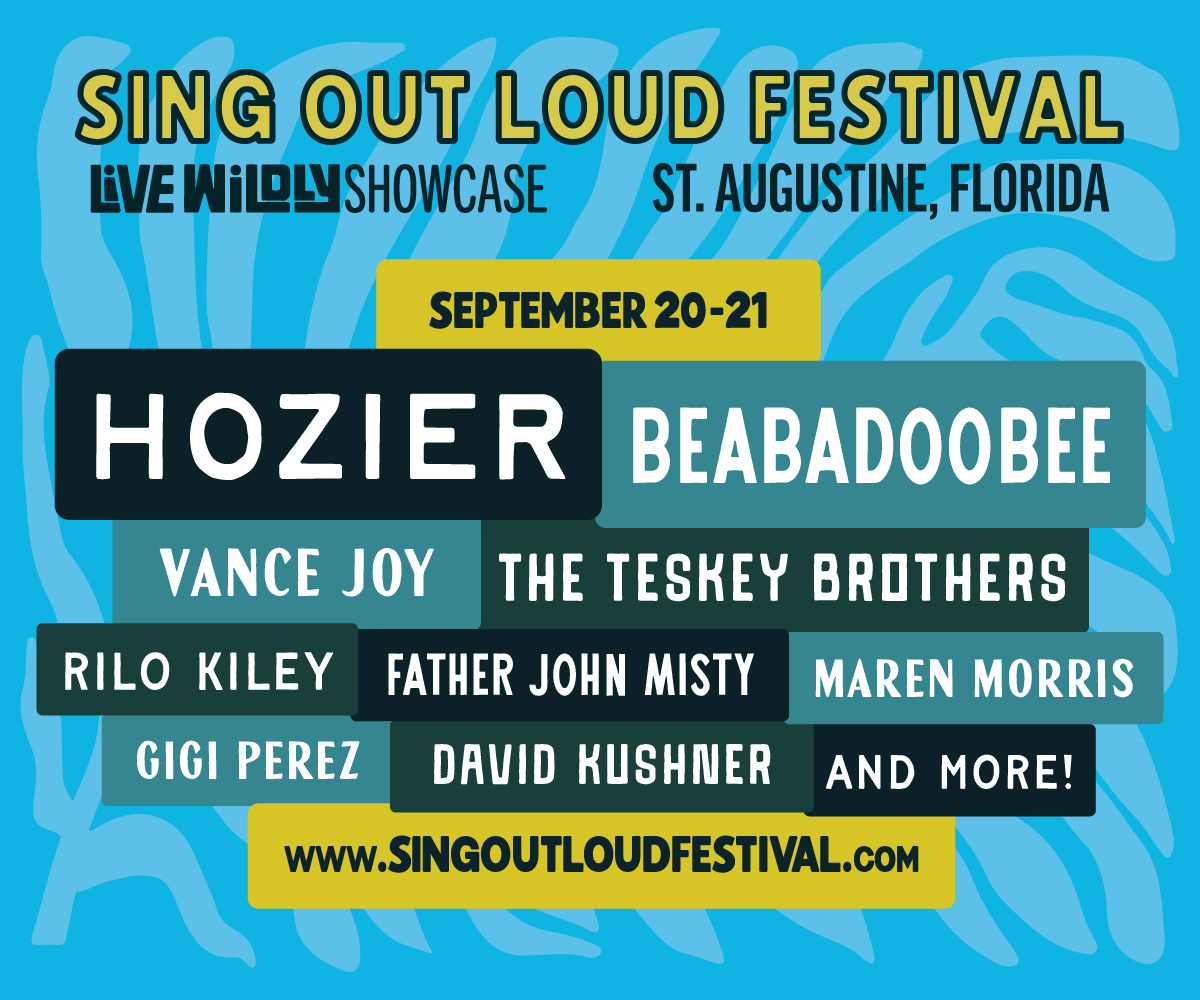
Sing Out Loud Festival Returns With Hozier, Beabadoobee, Father John Misty, Vance Joy and More
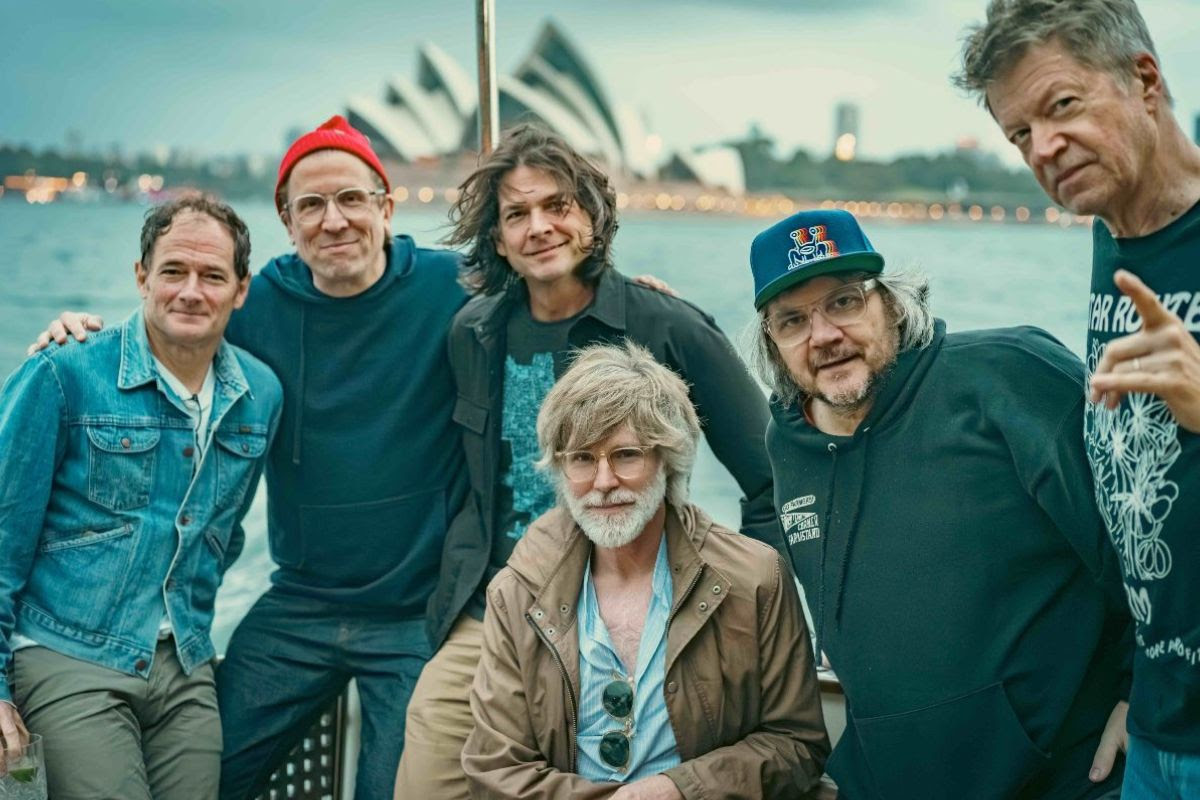
Chicago Alt-Country Faves Wilco Return to St. Augustine with Indie-Folk Great Waxahatchee

Looking for an Alternative to Spotify? Consider Hopping on the band(camp) Wagon
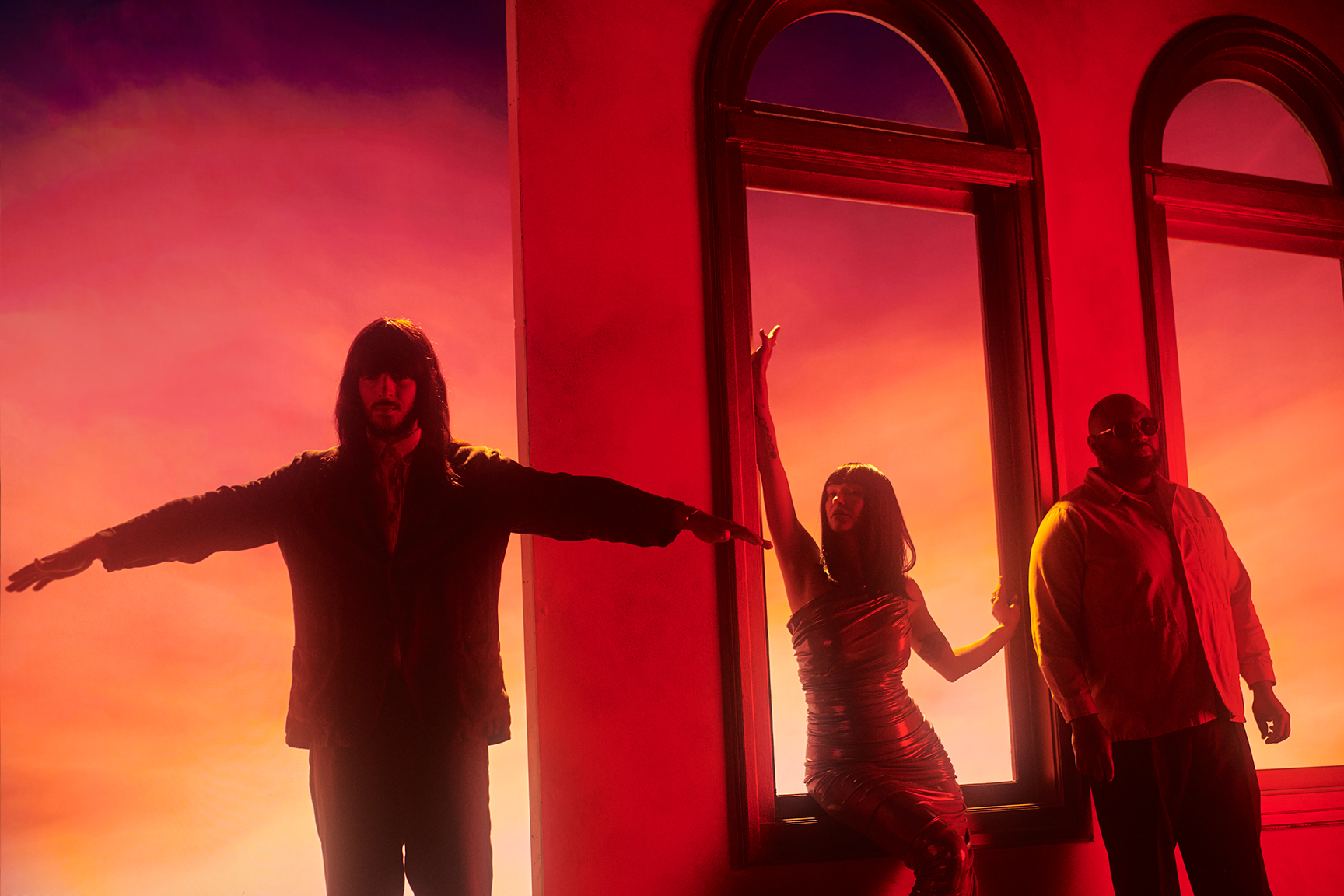
Khruangbin to Bring ‘A LA SALA’ Tour to St. Augustine in April

Perfume Genius, Flipturn, Tamino + Mitski and 6 New Songs to Stream
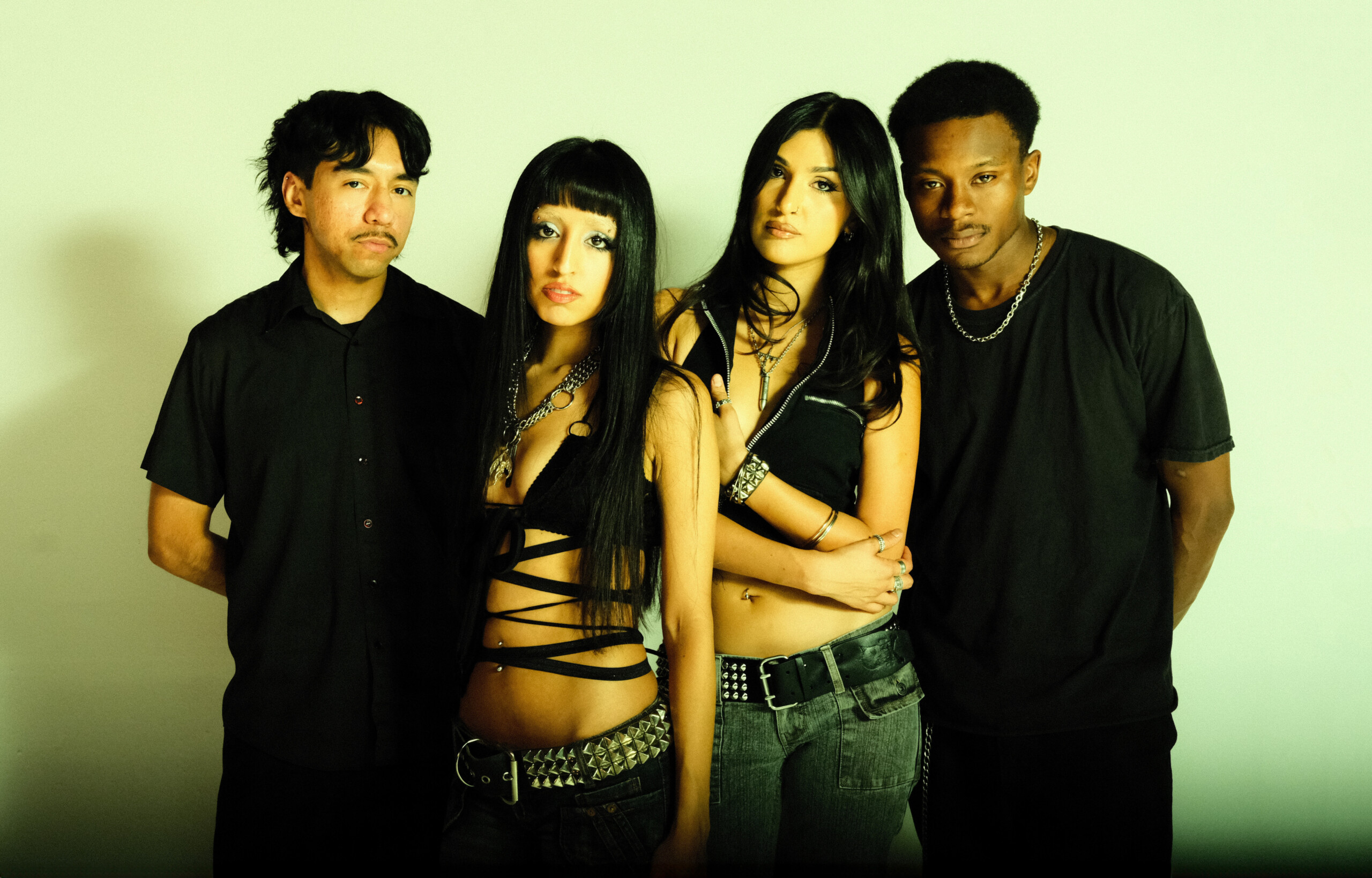
Song of the Day | “all tied up” by Glixen




